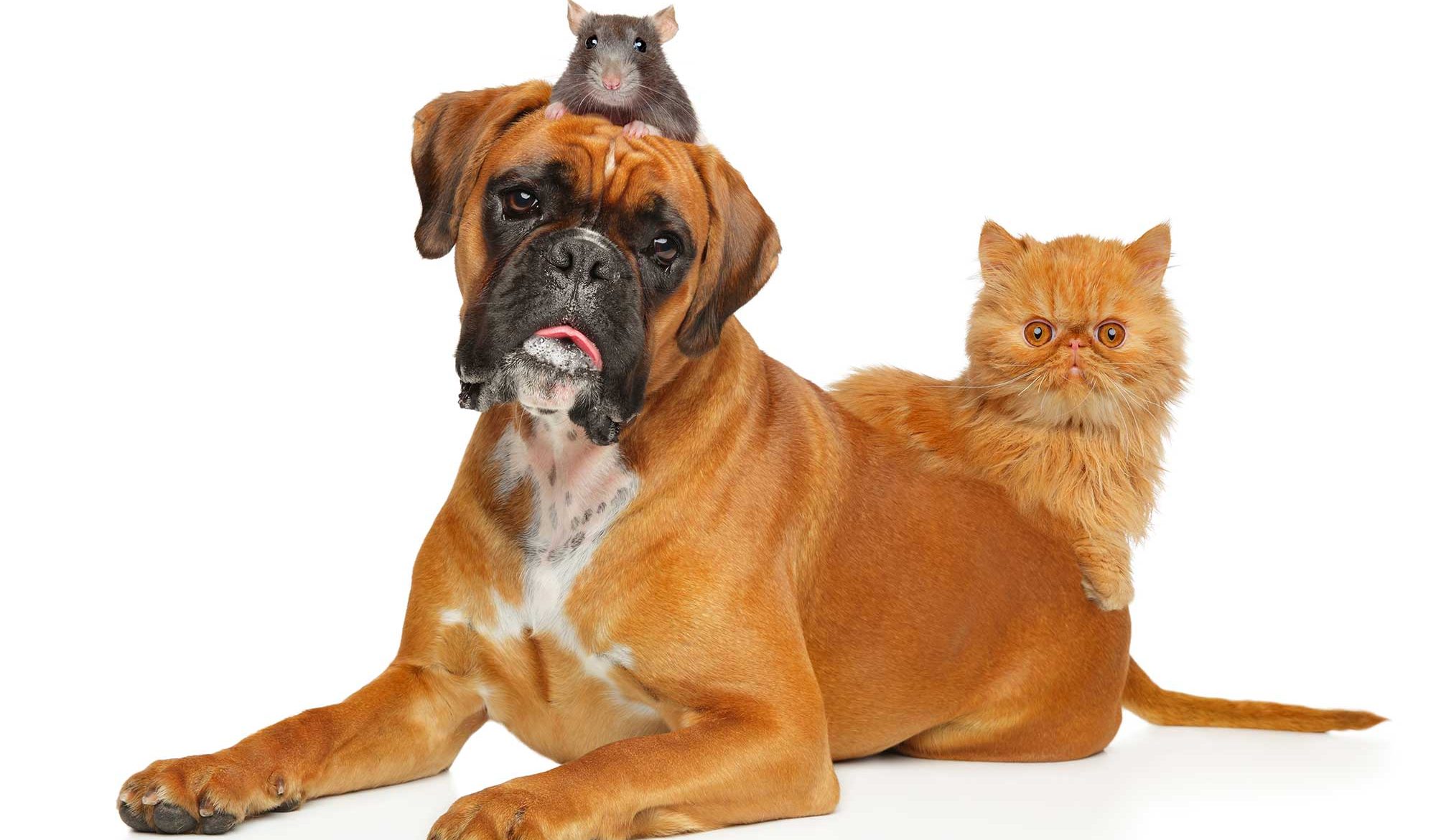 Shifting patient’s loyalty from dentist towards brand isn’t good for ensuring continuity of care, says Nigel Jones.
Shifting patient’s loyalty from dentist towards brand isn’t good for ensuring continuity of care, says Nigel Jones.
When I first heard the phrase ‘rats, cats and dogs’, I winced at its use.
It’s a means of categorising patients in terms of their loyalty.
However, throughout my career it has proved a very useful way of helping dentists estimate the potential patient retention they could expect if they ‘went private’.
The story goes that patients can be loyal to an individual dentist (dogs), to a building (cats) or to the cheapest dentistry they can find (rats).
With evolution-defying logic, the theory is that the longer a dentist sees a particular list of regularly attending patients, the more of them change from cats to dogs.
This thereby increases the chances of keeping enough patients when becoming a private practitioner.
Continuity of care over brand loyalty
Lately, though, I’ve been thinking about its application to patient attitudes as a whole.
My premise is that consumer demand for elective cosmetic dentistry, the (understandable) desire of some corporates to shift patient loyalty from dentists to brands – and the portfolio approach of newer dentists to their careers – are all combining to create a future patient base dominated by cats rather than, as has historically been the case, dogs.
Many would argue that such a development is symptomatic of patients becoming more empowered.
Which would surely be a good thing, wouldn’t it?
Well, I, for one, need convincing.
Of course, I believe in patient choice and, of course, I believe in the importance of patients making informed decisions.
However, leaving aside the risk of sophisticated marketing winning over clinical opinion (and disempowering the profession in the process).
I also believe in the importance of continuity of care in achieving the best health outcomes for patients.
Admittedly, the plethora of research that supports this contention mostly comes from the world of the general practitioner.
But it’s surely not a huge leap to think that some of the learnings apply in our world too; in which case, the current direction of travel needs some thought.


